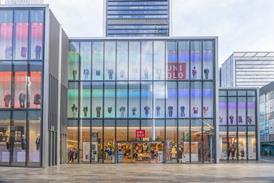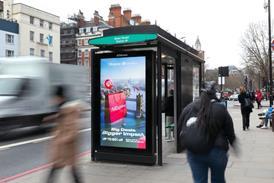Data: Size matters – is a lack of availability punishing fashion retailers?

- Analysis by Retail Week and Newton shows how 10 of the top UK womenswear retailers fare on product availability online, revealing some shocking results
- Availability is much poorer for plus-size shoppers despite there being twice the demand for size 18+ than for size 12 and under
- Hear from two of the top-ranked retailers in terms of product availability – River Island and Marks & Spencer – on how they get it right
We’ve all been there. After hours of browsing for that perfect dress, you’ve finally found the one. But you click buy, or worse still, trek to a shop to snap up the fabulous frock, only to find out it’s out of stock.
Not only are out-of-stocks frustrating for shoppers, but retailers are also missing out on sales.
Just last year, Joules flagged that stock availability issues during its Christmas peak hampered sales and took its toll on full-year profits. Despite traffic to its website growing 8% over the period, the retailer’s festive sales fell 4.5%, compared to an 11.7% jump the previous year.
At a time when fashion retailers need to grab every sale they can get, is a lack of product availability heaping more pain on the industry?
Retail Week has teamed up with Newton, an operational transformation consultancy that specialises in retail, to find out how the UK’s top fashion retailers fare in terms of size availability in womenswear, and the results are startling.

Joules was hit by availability issues during last year's peak season
Joules was hit by availability issues during last year's peak season
The scale of UK fashion retailers’ availability problem
Using data from Newton’s analytics platform, we looked at 10 of the UK’s top womenswear retailer’s websites, covering almost 350,000 SKUs, and found that many retailers are failing to give shoppers what they want. Across all 10 retailers, an average of 29% of products sold were out of stock at a size level.
At one supermarket fashion giant, more than two-thirds (67%) of all products were unavailable. However, at the other end of the scale, just 4% of SKUs at fast-fashion retailer Zara were out of stock.
This comes at a time where having the right products in stock online is more vital than ever before.
Former M&S style director Belinda Earl, now a non-executive director at global retail giant Woolworths Holdings, says: “Retail is competitive and customers are demanding. With more people currently buying online, a lack of size availability is arguably more visible and more frustrating for customers, and more damaging to brands.
“If a customer cannot add an item to their basket because their size is unavailable, then as well as a lost sale, this could be a lost customer. All retailers are fighting for a share of the customer’s purse, and being able to buy the right size has never been more critical."
River Island director of merchandising, menswear and branch merchandising, Paul Sprackling agrees: “Size availability is one of the key factors in driving customer conversion.
"As customers shift to shopping online, particularly during lockdown, it is vital that we are delivering River Island products to all of our customers by offering a full range of sizes, including plus and petite on womenswear and big and tall on menswear.”
Drilling down into where out-of-stock items are found highlights a significant difference in availability across certain sizes, with women size 18 and above less likely to find products in stock.
Unlucky size 20
Size 20 shoppers are those most likely to be disappointed with availability levels of 53% across the top-10 fashion retailers. At one fashion retailer, just 13% of size 20 SKUs were available.
Newton director Georgia Wickes points out that “retailers have much better availability in small sizes than large sizes, despite there being almost twice the demand for 18+ than under-12 sizes – there’s a clear opportunity here for retailers.”
What sizes do retailers stock?
Inclusivity is important and, despite the average woman in the UK being size 16, options are often scant for those above that size.
According to our data analysis, retailers offer more products to women who wear size 10 and under, who account for 16% of the population, than the 30% of women who are size 18 and above.
Plus-size women have long been overlooked by clothing retailers and with this segment of the market growing at a faster rate than the rest of womenswear – it is forecast to grow 5% to 6% between 2017 to 2022, according to PwC data – it is a wasted opportunity for fashion businesses.
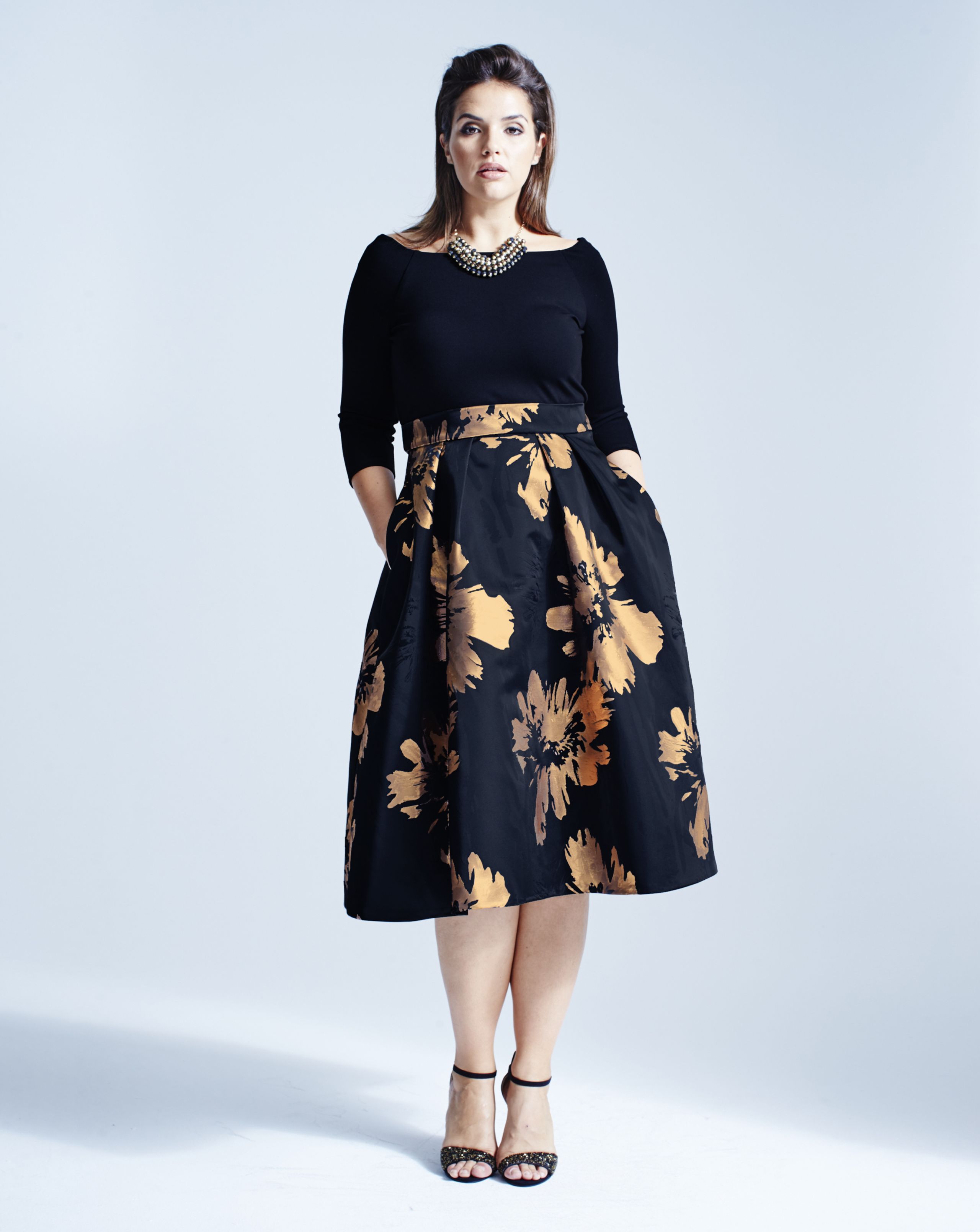
Specialists such as SimplyBe better serve plus-size customers than general fashion retailers
Specialists such as SimplyBe better serve plus-size customers than general fashion retailers
Why do retailers struggle with size ratios?
The data paints a surprising picture, but getting availability right is no mean feat, particularly during the pandemic, which has thrown traditional demand patterns into disarray.
Newton partner Christian Hansen explains that buying decisions are often based on historical data, which can be skewed by “lost sales”.
“If a certain product sold out in one size, then the sales figures will only show the number bought rather than the number that might have sold. Buying in the same size ratio as a previous order, which we see happening all too often, compounds the problem because the same size will continue to run out, while the wrong size accumulates,” he says.
It is difficult to predict sales volumes as products can sell at different rates in different sizes. Products can also sell at different rates on different sales channels to add further complexity. Hansen points out: “Just because one skirt is popular in smaller sizes does not mean that another skirt of a different style will also be.”
New collections add a further unknown to the equation and often result in buyers and merchandisers resorting to standard size ratios that may have been wrong for many years.
Meanwhile, many merchandisers are understandably cautious with volumes as no fashion retailer wants to be left with excess stock at the end of a season, which has to be sold at a markdown and potentially lose the business money.
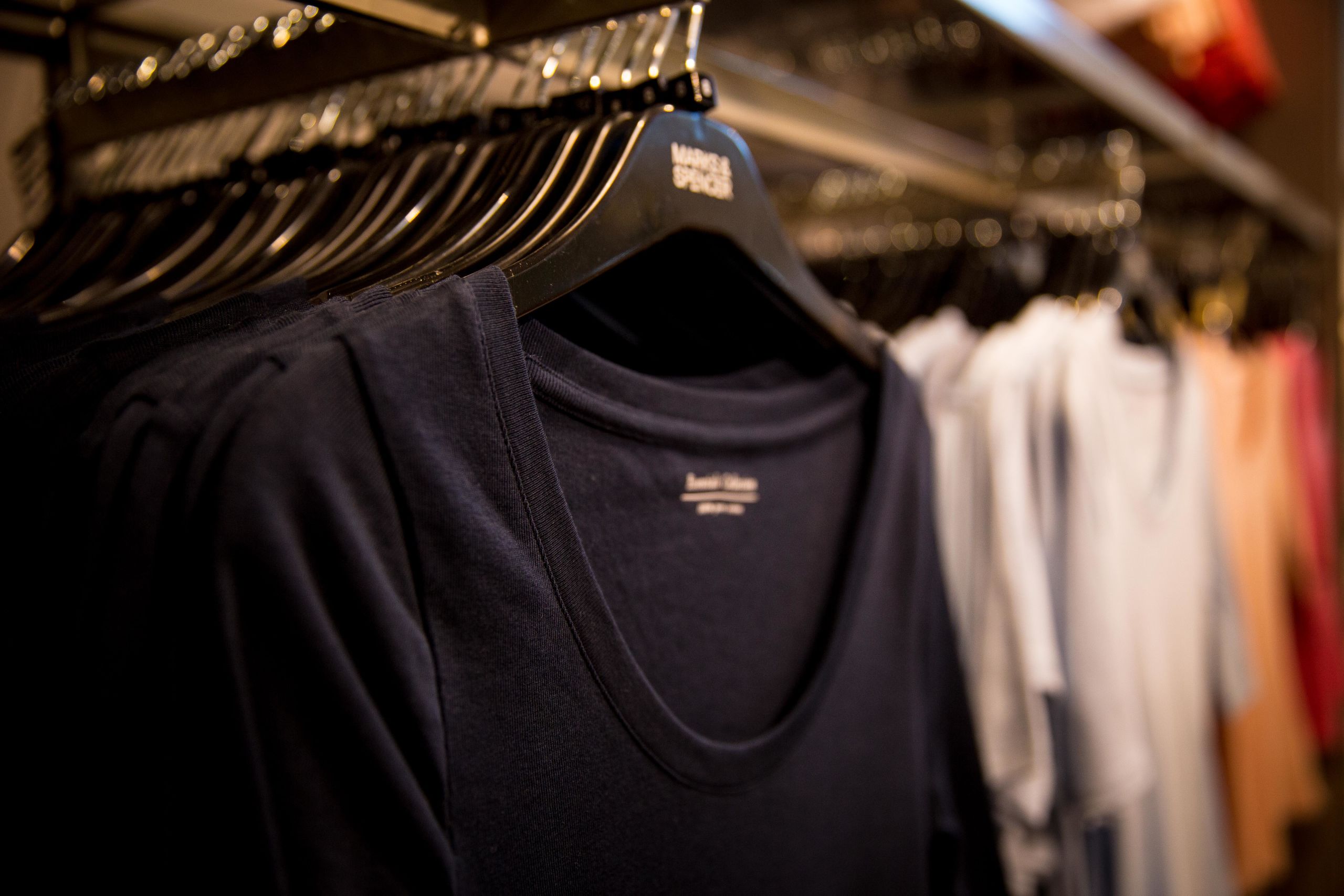
How to get it right?
There are ways to get availability right.
Look at M&S. Last year, the retailer put its 7.8% sales decline in clothing and homewares down to “poor availability on the most popular sizes”. However, just a year later M&S ranks as one of the top three retailers for stock availability in Retail Week and Newton’s analysis.
M&S planning lead Harriet Robison says: “We know that good availability across our sizes is extremely important for our customers both online and in-store.”
Strong availability is a key element of M&S’ 'Never the Same Again' programme, which it introduced earlier this year to accelerate its transformation to emerge stronger from the pandemic.
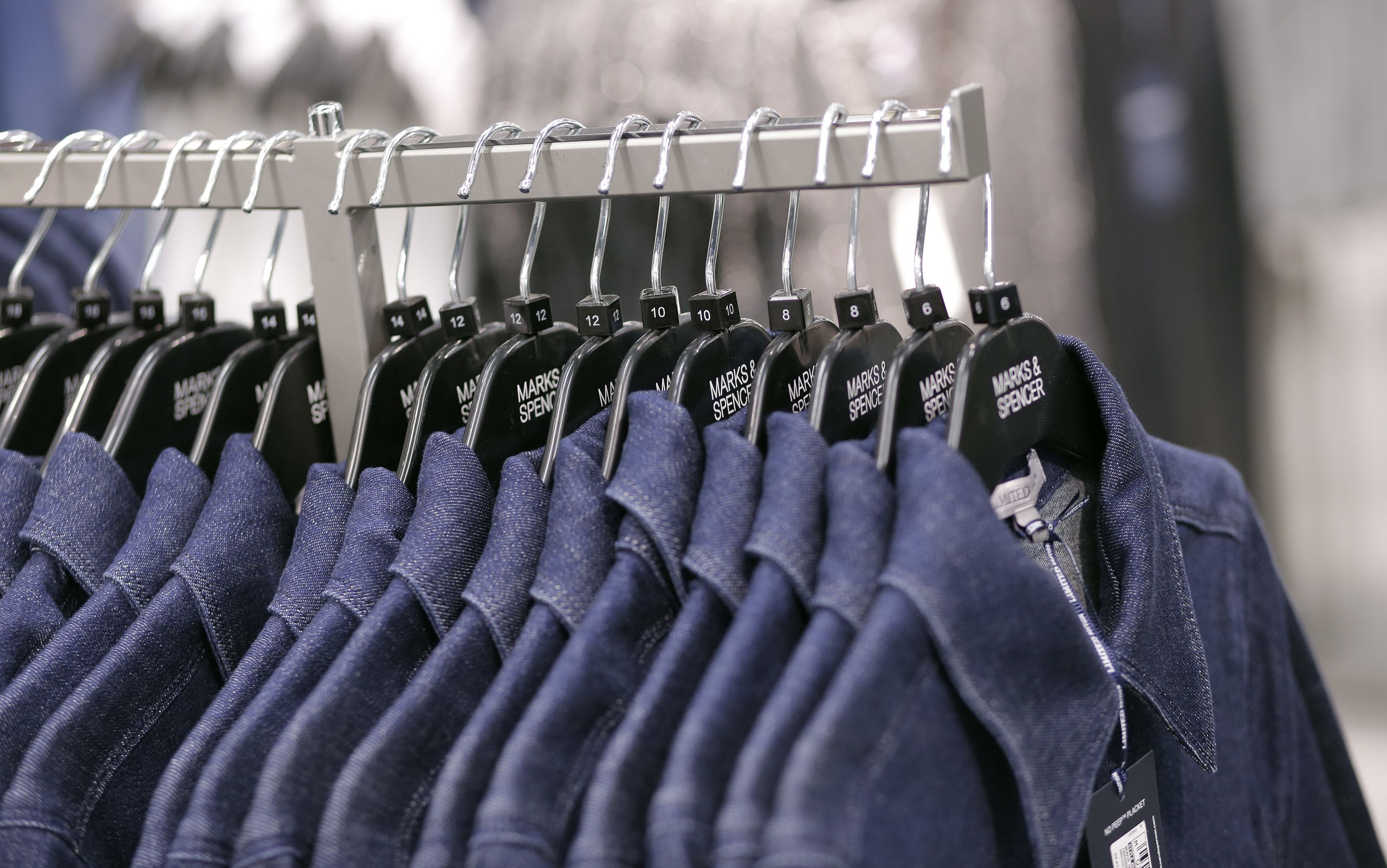
M&S has made stock availability a priority
M&S has made stock availability a priority
Robinson says simplifying its range is a key focus. Its current autumn/winter collection has 20% fewer product options as it has removed duplicate and slow-selling lines.
“This focus on winning lines enables us to protect our most popular product areas so customers can feel more confident we’ll have what they want, in the size they want,” she says.
Robinson adds that its improved availability is also down to “buying with confidence”. It is backing both its bestsellers, particularly in ‘hero’ areas like knitwear, coats and denim, and areas that have grown in popularity such as its activewear range Goodmove.
But what makes M&S’ buyers so confident? Data is, of course, crucial and “at the heart” of its decision making, according to Robinson.
Her womenswear team studies both sales history and market share opportunity data to help make decisions.

Understanding demand patterns helped River Island overcome lost sales
Understanding demand patterns helped River Island overcome lost sales
It is a similar story at River Island, which uses several data-measuring platforms to build customer insight on its product offer.
The fashion retailer also uses AI, which processes customer demand data to allocate and replenish stock.
River Island director of merchandising Paul Sprackling says this added understanding of demand patterns has helped it overcome lost sales.
“Previously our teams would have simply looked at sales and not taken into consideration missed sales potential. By taking both into consideration, we are now looking at what the true customer demand has been to forecast future sales,” he says.
AI also analyses where there is an opportunity to grow River Island’s range to allow it to develop new ranges in line with the trends its customers want to shop.
Hansen warns that AI is not a silver bullet that can solve all availability issues: “Unfortunately the algorithms are often poorly understood so the slightest error leads to a lack of trust and poor adoption. Manual workarounds based on gut feel quickly creep back in.
“We’ve found that the highest level of accuracy comes from a hybrid approach, combining data science with the experience and understanding merchandisers have of their customers and products.
“We use an algorithm to look at historical data to accurately model size ratios by product and channel adjusting for lost sales. In one large retailer recently, this was worth over £10m of profit.”
For new lines, Newton matches product characteristics to recommend products that merchandisers can use as a reference point.
Wickes says: “By presenting the mechanics of the algorithm transparently to the merchandiser, they can make adjustments to the reference product selection and adjust for other factors such as targeting new customer segments. Merchandisers should be empowered to use the data to guide their decisions rather than feeling controlled by the computer.”
Getting stock levels wrong, be it too many or too few items, is costly for fashion retailers but finding the right balance is a tough task that requires a mix of art and science.
As much as machines can help retailers make sense of all the data at their disposal – from previous demand patterns to lost sales in past seasons and market growth potential – do not underestimate the knowledge and instinct of buyers and merchandisers.
By getting the blend of art and science right, fashion retailers can capitalise on every ounce of demand to come through these challenging times.

River Island's bricks-and-clicks model helps it ensure strong availability
River Island's bricks-and-clicks model helps it ensure strong availability

River Island's bricks-and-clicks model helps it ensure strong availability
River Island's bricks-and-clicks model helps it ensure strong availability
The benefits of multichannel
Both M&S and River Island highlight that their multichannel model enables them to place product where it is wanted by customers.
Robinson says: “Our advantage as a bricks-and-clicks retailer helps us ensure strong availability once we’re trading what we’ve bought. For example, at the moment 230 of our stores are picking online orders, so while a product might not be in our online warehouse our customers can still buy it through our website or app and it may be shipped from a local store.
“It’s about having a flexible approach to demand forecasting and trading, which is something that’s only growing in importance.”
Sprackling says since the pandemic hit, River Island’s big focus has been great availability online.
Like M&S, it used stock in its temporarily closed shops during lockdown to enable both ordering from stores and click and collect.






